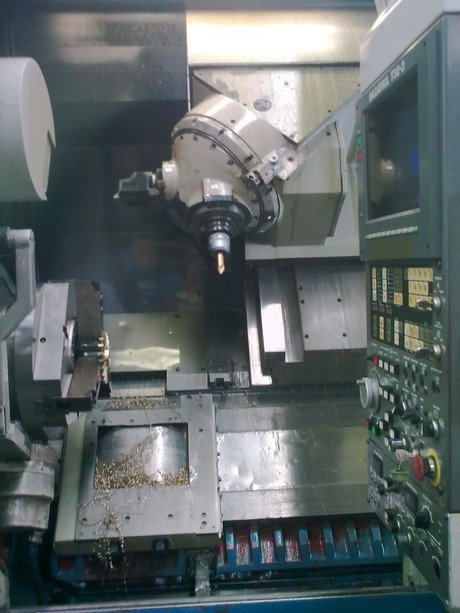Methods for managing noise sensitivity

Noise sensitivity is also known as Hyperacusis and occurs when the brain’s central auditory processing centre perceives noise and experiences it as pain.
Some known causes are:
- Changes in hearing throughout the ageing process
- One-off exposure to loud noise
- A slap on the ear
- Chronic exposure to noise, such as working in a noisy environment
- Certain medications
- Head injury
- Surgery to the ear
- Paralysis of the facial nerve — in this case, the mechanism in the middle ear that is designed to protect against loud noises is not functioning
- Medical procedures — clearing a blocked ear canal may cause temporary increased sensitivity to sound
Unfortunately there is no cure once the sensitivity has begun. This is because the most common cause is noise damage, ageing or damage to the inner ear. Avoiding exposure will lessen the noise sensitisation and management can be controlled by one of the following actions:
- Wearing hearing protection in noisy environments
- Desensitisation whereby everyday noises are reintroduced to the person
- Educating family and friends about the condition and asking them to lower their voices
- Seeking advice from a counsellor on coping mechanisms
- Tinnitus retraining therapy, during which the wearer uses a noise generator to create white noise
- Medication which provides short-term relief at night
An Occupational Matters hygienist can offer assistance and undertake on-site noise testing if your workplace is suffering from occupational noise exposure. Click here to visit the website.
Smoke complexity, skin absorption and protective equipment in firefighter safety
To address health and safety questions raised by Australian firefighters, researchers have...
Will silicosis compensation costs rise despite Victoria's engineered stone ban?
Monash University researchers have explored whether silicosis compensation costs are set to...
Army aims to combat heat risk with wearable monitor prototype
A wearable heat risk monitor prototype for the Australian Defence Force is being trialled by Army...








